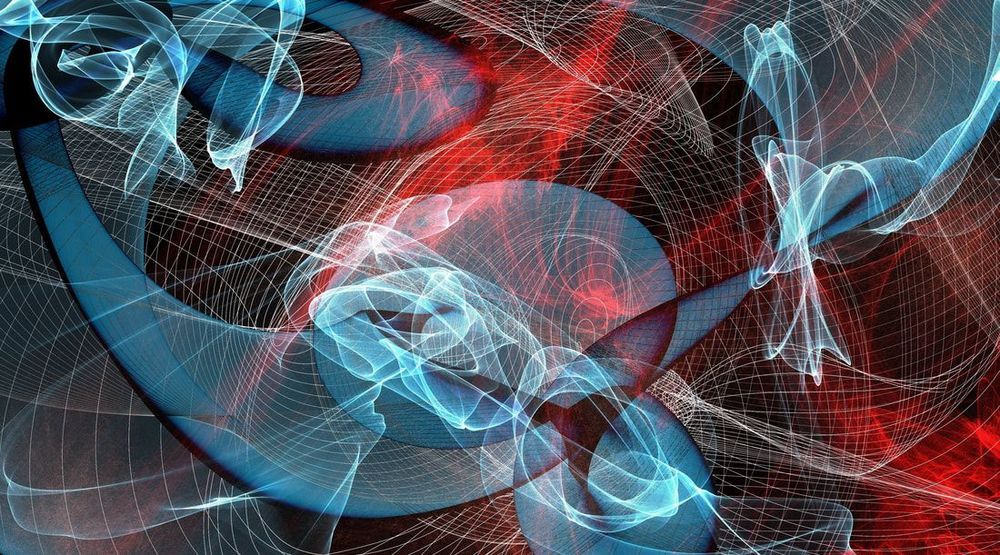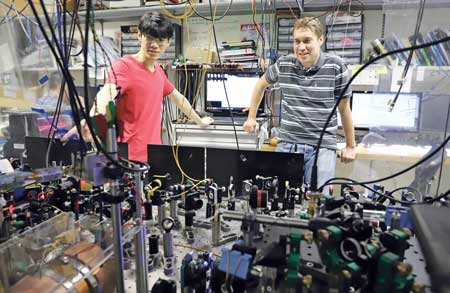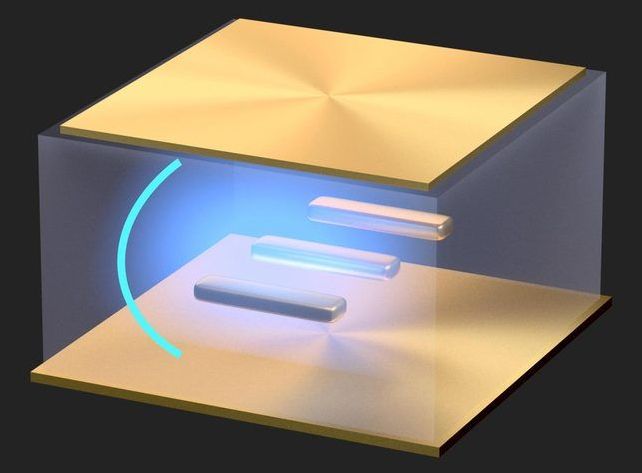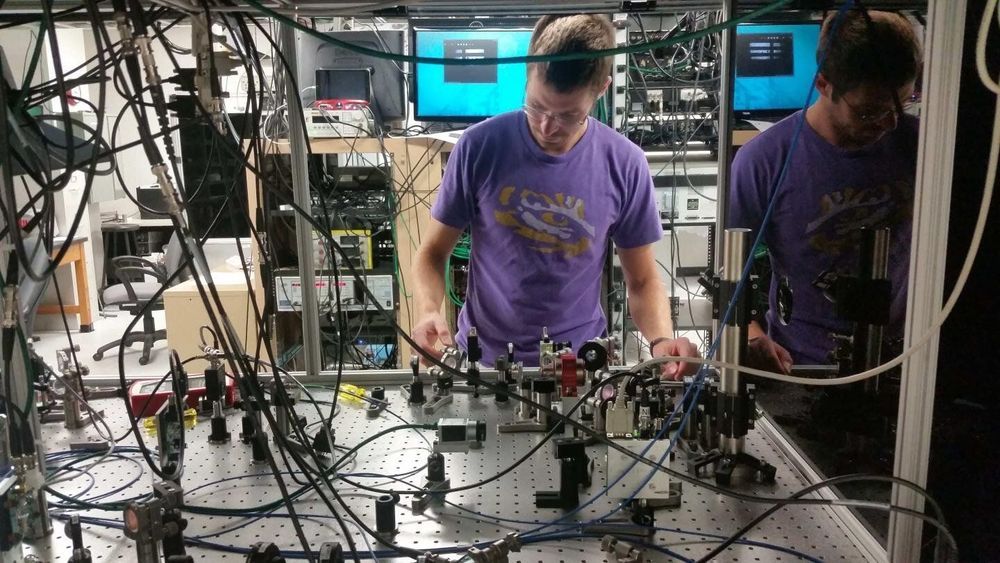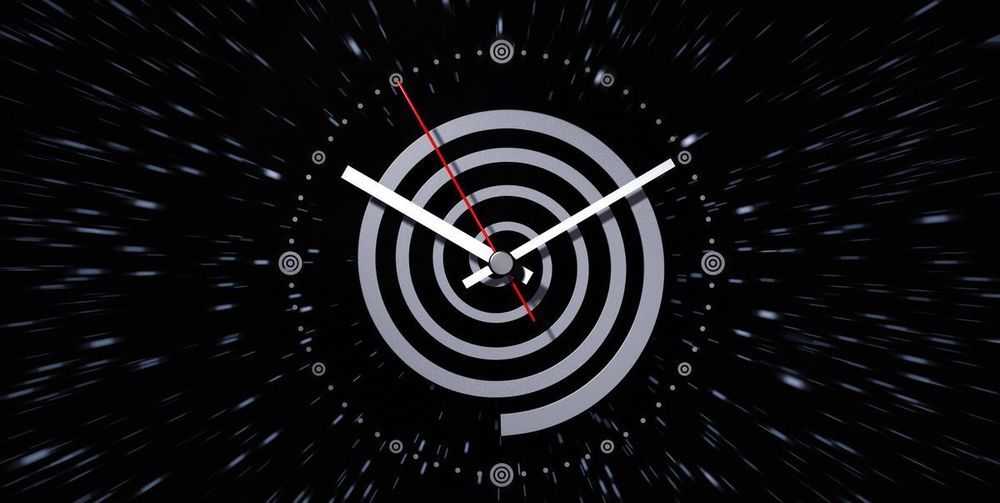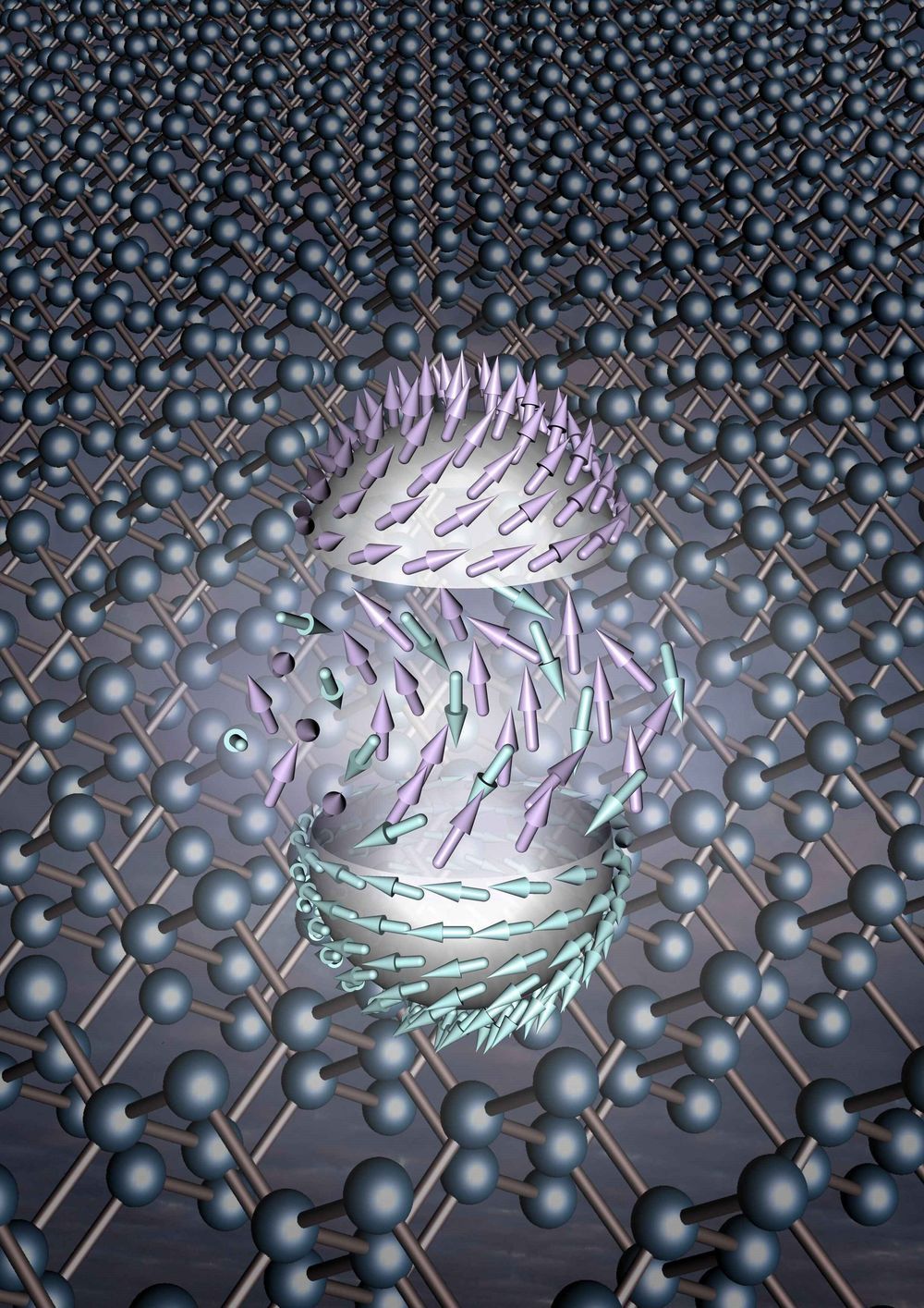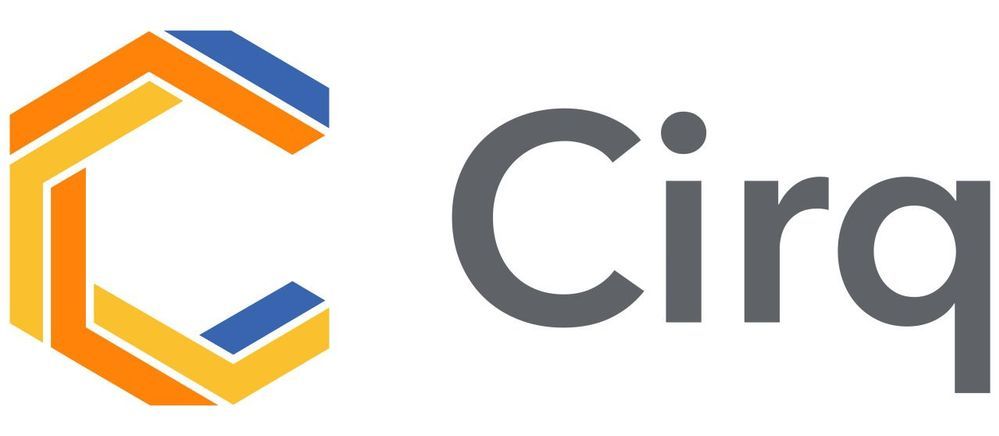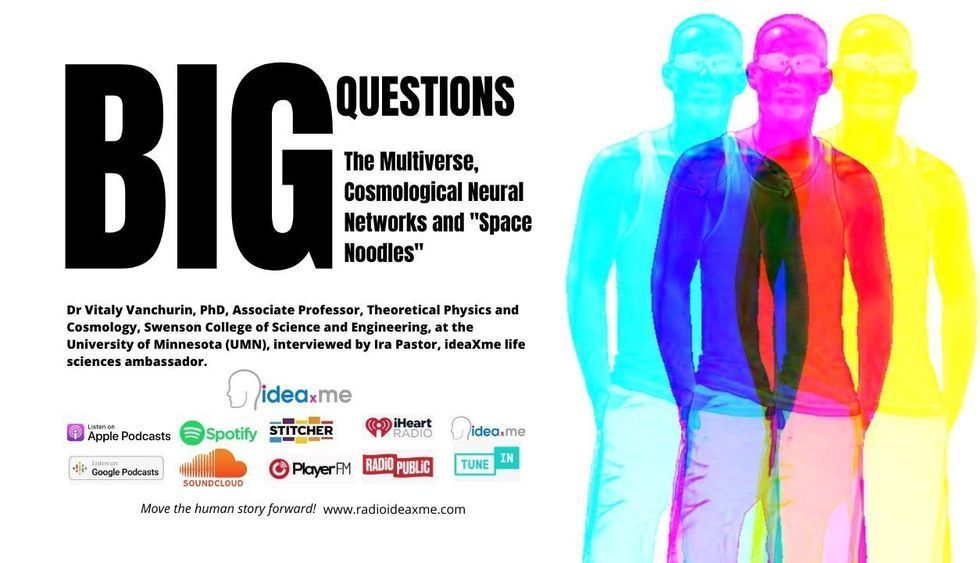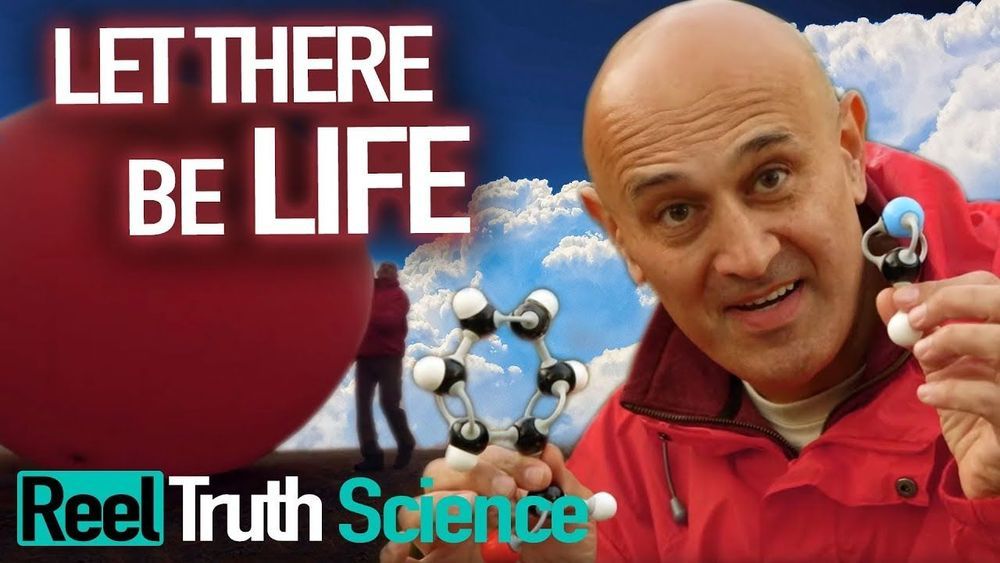Sep 27, 2020
Theology of Digital Physics: The Universe of Conscious Minds
Posted by Alex Vikoulov in categories: computing, cosmology, genetics, mathematics, neuroscience, quantum physics
#DigitalTheology #TheologyofDigitalPhysics #PhenomenalConsciousness #CosmicSelf #HolographicPrinciple #DigitalPhysics #theology #pantheism #consciousness
Since we live in a world which isn’t random, but organized at every level, a role for consciousness seems unavoidable. The ‘digital theologian’ shows us compelling evidence from quantum mechanics, mathematics and computer sciences, which not only aligns with a philosophical worldview of the Primacy of Consciousness, but which also assigns a role to information as its modus operandi.
It is quantum mechanics which appears to connect the Universe as a whole to consciousness. A whole, which is more than the sum of its parts and irreducible to mere assumptions deriving from the anatomizing dissection into mental confabulations. Drawing from the holographic principle, perceptroniums and noocentrism, Alex provides crucial keys to unlock the mystery of consciousness to show us how our local consciousness can arise from a non-local cosmic consciousness network.
Continue reading “Theology of Digital Physics: The Universe of Conscious Minds” »
